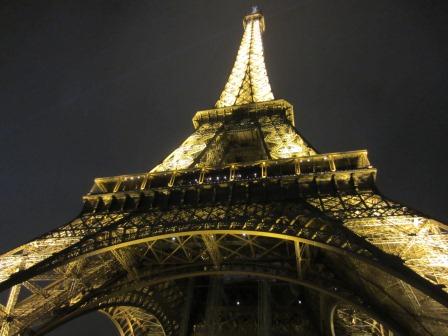A post from our student blogger Sarah Goodman
The Manual of Patent Examining Procedure (MPEP) is published by the United States Patent and Trademark Office. The MPEP contains the patent laws and rules. Patent examiners use the MPEP to evaluate patent applications. The MPEP is continually revised as the regulations change and important case law is established. The first edition of the MPEP was published in 1949.
The MPEP is used by both patent examiners and patent practitioners. Patent examiners use the MPEP by following the guidelines to decide whether to grant or reject a patent application. Patent agents and attorneys can use the MPEP as a handbook for rules of drafting a patent application. The MPEP contains examples of scenarios pertaining to the rules. The information in the MPEP is crucial because a patent application needs to follow the USPTO regulations.
The MPEP is divided into 27 chapters and 7 appendixes. The material covers more than 2,000 pages. Each chapter addresses a different aspect of patent law. For example, chapter 600 contains the guidelines for the parts, form, and content of a patent application. Chapter 2100 provides the guidelines on patentability. Appendix L contains patent laws and Appendix R describes patent rules.
In the MSPL program at the University of Notre Dame, we are reading and studying sections of the MPEP. To become a certified patent agent, it is necessary to pass the patent bar. This examination tests the material contained in the MPEP. The examination includes an electronic version of the MPEP that is searchable within chapters. The patent bar exam is difficult and has approximately a 50% pass rate. The classes in the MSPL program at the University of Notre Dame help us to prepare for this examination which we will all take this Spring.
